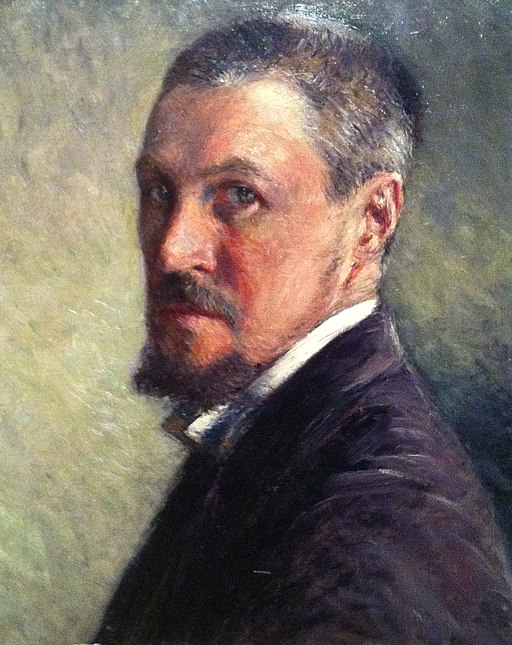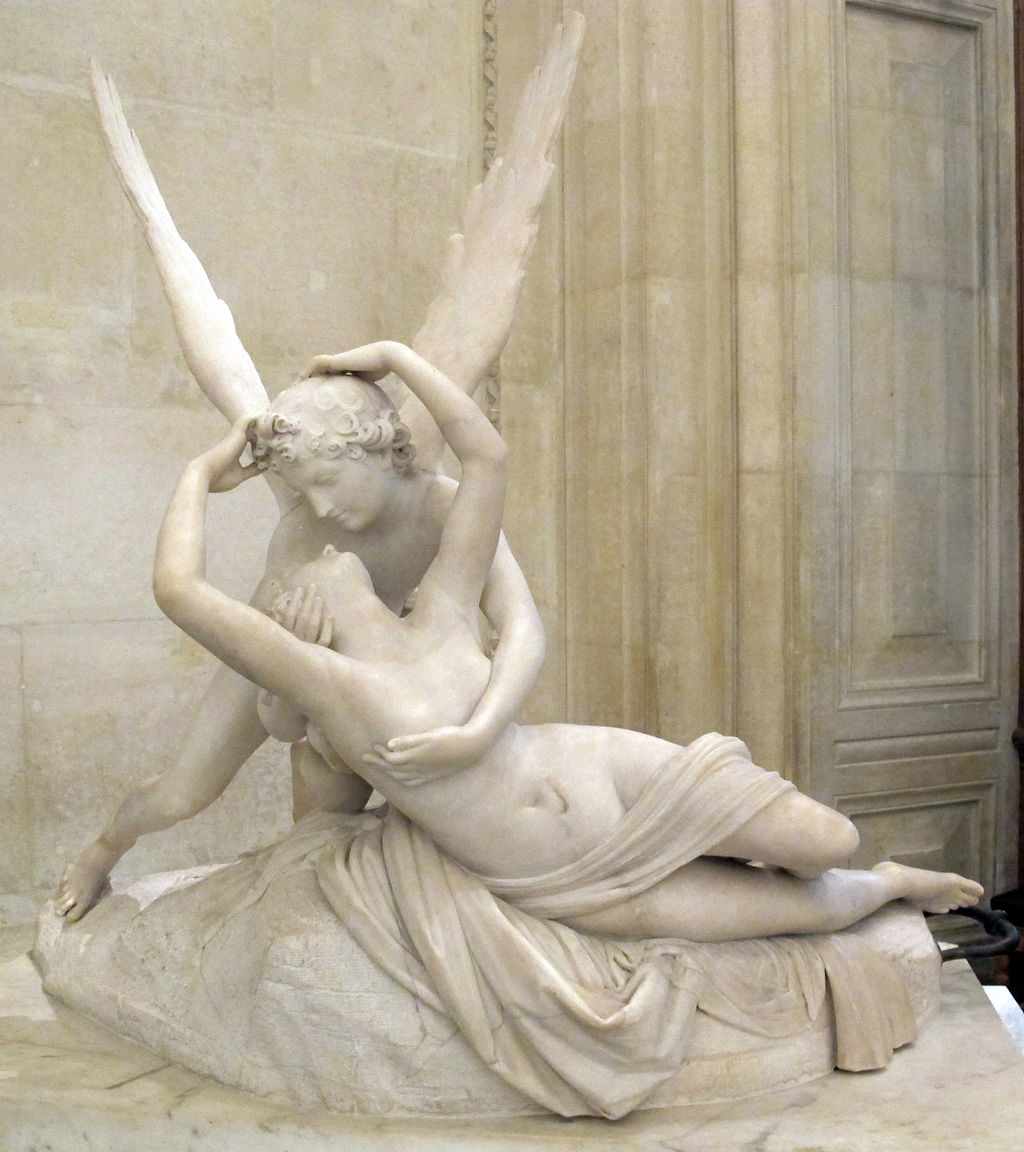
Gustave Caillebotte (1848 – 1894) was a French painter and patron of the Impressionists artists. Caillebotte was born to a wealthy upper-class Parisian family.
Caillebotte’s sizable allowance which allowed him to paint without the pressure to sell his work. It also allowed him to help fund Impressionist exhibitions.
Caillebotte supported his fellow artists and friends Claude Monet, Auguste Renoir, and Camille Pissarro, among others, by purchasing their works and by paying the rent for their studios.
Virtual Tour of Gustave Caillebotte
- Paris Street, Rainy Day
- The Orange Trees
- Gustave Caillebotte’s Boating Paintings
- Skiffs on the Yerres
- Boating on the Yerres
- Boater Pulling on His Perissoire”
- Les Périssoires
- Canoe on the Yerres River
- Oarsmen Rowing on the Yerres
- Boaters on the Yerres
Highlights Tour of Gustave Caillebotte
Paris Street, Rainy Day
“Paris Street, Rainy Day” by Gustave Caillebotte is his best-known work and depicts Parisians walking in the rain through the Place de Dublin in 1877 Paris.
Caillebotte was a friend of many of the impressionist painters, and this painting is part of that tradition. However, it differs in its realism and reliance on line and not broad brush strokes. It also reflects Caillebotte’s interest in photography.
Photography influenced Caillebotte, and he made some of the figures seem out of focus, and others in sharper focus, including the features in the background, which become progressively less focused and intense.
The cropping of the man to the far right, further suggests the influence of photography. The figures in the painting may seem to have walked into the picture.
It is as if taking a snapshot of people going about their typical day. The reality is that Gustave Caillebotte spent months carefully planning the pictorial composition.
The textured cobblestones dominate almost a quarter of the painting as if that was where the photo was focused. Museum: Art Institute of Chicago
The Orange Trees
“The Orange Trees” by Gustave Caillebotte portrays Caillebotte’s brother Martial reading in the shade of the orange trees. Their cousin, Zoé, is standing at one of the garden planters, which contain the trees.
The poses of both suggest that they are each enjoying the afternoon quietly with their private thoughts. The sunlight illuminates a circular flower bed surrounded by a curving path, at the edge of which is a sleeping dog.
Caillebotte has composed a sharp contrast between the shady foreground in the lower part of the image and the bright background.
The shadows are painted in muted greens and purples, while the lawn and flower beds are brilliant greens, reds, and whites.
Caillebotte painted this canvas en Plein air at the family’s country estate in Yerres. Impressionist painters were known for painting outdoors.
However, large canvases such as this, painted outdoors, were uncommon due to the difficulties in creating such extensive work quickly, before the light changed. Museum: Museum of Fine Arts, Houston
Gustave Caillebotte’s Boating Paintings
Gustave Caillebotte created a series of seven boating scenes painted in 1877 and 1878 at Caillebotte’s family estate along the Yerres River.
These paintings show how Caillebotte experimented with perspective and composition under the influence of the emerging art of photography.
- Skiffs on the Yerres – National Gallery of Art, Washington D.C.
- Boating on the Yerres – Milwaukee Art Museum and Kimbell Art Museum
- Boater Pulling on His Perissoire” – Virginia Museum of Fine Arts
- Les Périssoires – Museum of Fine Arts of Rennes
- Canoe on the Yerres River – Norton Simon Museum
- Oarsmen Rowing on the Yerres – Private Collection
- Boaters on the Yerres – Private Collection
Facts about Gustave Caillebotte
- Gustave Caillebotte was born in 1848 into a wealthy family who built their fortune in textiles and real estate.
- Caillebotte was independently wealthy. In 1873, he inherited the great fortune of his father.
- He was known as a supporter of the arts for contributing funds to Impressionist exhibitions.
- He purchasing works by fellow artists such as Claude Monet, Auguste Renoir, and Camille Pissarro.
- This collection ultimately included sixty-eight paintings by various artists: Camille Pissarro (nineteen), Claude Monet (fourteen), Pierre-Auguste Renoir (ten), Alfred Sisley (nine), Edgar Degas (seven), Paul Cézanne (five), and Édouard Manet (four).
- Caillebotte was noted for his early interest in photography as an art form.
- Caillebotte used his wealth to fund a variety of hobbies in which he was passionate, including stamp collecting, orchid growing, yacht building, and textile design.
- The Musée d’Orsay holds forty of Caillebotte’s works.
- Caillebotte is best known for his paintings of urban Paris.
Gustave Caillebotte
- Name: Gustave Caillebotte
- Born: 1848 – Paris, France
- Died: 1894 (aged 45) – Gennevilliers, France
- Nationality: French
- Movement: Realism, Impressionism
- Notable works:
- Paris Street, Rainy Day
- The Orange Trees
- Gustave Caillebotte’s Boating Paintings
- Skiffs on the Yerres
- Boating on the Yerres
- Boater Pulling on His Perissoire”
- Les Périssoires
- Canoe on the Yerres River
- Oarsmen Rowing on the Yerres
- Boaters on the Yerres
Gustave Caillebotte: A collection of 228 paintings
A Tour of Artists
- Duccio (1255 – 1319)
- Sandro Botticelli (1445 – 1510)
- Leonardo da Vinci (1452 – 1519)
- Albrecht Durer (1471 – 1528)
- Michelangelo (1475 – 1564)
- Raphael (1483 – 1520)
- Titian (1488 – 1576)
- Pieter Bruegel the Elder (1525 – 1569)
- Paolo Veronese (1528 – 1588)
- El Greco (1541 – 1614)
- Caravaggio (1571 – 1610)
- Peter Paul Rubens (1577 – 1640)
- Georges de La Tour (1593 – 1652)
- Diego Velázquez (1599 – 1660)
- Rembrandt (1606 – 1669)
- Pieter de Hooch (1629 – 1684)
- Johannes Vermeer (1632 – 1675)
- Élisabeth Sophie Chéron (1648 – 1711)
- Canaletto (1697 – 1768)
- Jean-Honoré Fragonard (1732 – 1806)
- Francisco Goya (1746 – 1828)
- Caspar David Friedrich (1774 – 1840)
- J.M.W. Turner (1775 – 1851)
- Jean-Auguste-Dominique Ingres (1780 – 1867)
- Eugène Delacroix (1798 – 1863)
- Rosa Bonheur (1822 – 1899)
- John Everett Millais (1829 – 1896)
- Frederic Leighton (1830 – 1896)
- Édouard Manet (1832 – 1883)
- Edgar Degas (1834 – 1917)
- Paul Cézanne (1839 – 1906)
- Claude Monet (1840 – 1926)
- Pierre-Auguste Renoir (1841 – 1919)
- Berthe Morisot (1841 – 1895)
- Henri Rousseau (1844 – 1910)
- Mary Cassatt (1844 – 1926)
- Elizabeth Thompson (1846 – 1933)
- Gustave Caillebotte (1848 – 1894)
- John William Waterhouse (1849 – 1917)
- Vincent van Gogh (1853 – 1890)
- Frederick McCubbin (1855 – 1917)
- John Singer Sargent (1856 – 1925)
- Tom Roberts (1856 – 1931)
- Lovis Corinth (1858 – 1925)
- Georges Seurat (1859 – 1891)
- Gustav Klimt (1862 – 1918)
- Edvard Munch (1863 – 1944)
- Henri de Toulouse-Lautrec (1864 – 1901)
- Rupert Bunny (1864 – 1947)
- Wassily Kandinsky (1866 – 1944)
- Arthur Streeton (1867 – 1943)
- Franz Marc (1880 – 1916)
- Goyō Hashiguchi (1880 – 1921)
- Amedeo Modigliani (1884 – 1920)
- Artists and their Art
Who Is Gustave Caillebotte?
Gustave Caillebotte (1848–1894) A collection of paintings
~~~
“The very great artists attach you even more to life.”
– Gustave Caillebotte
~~~
Photo Credit: 1)Gustave Caillebotte [Public domain], via Wikimedia Commons
Popular this Week








 Sponsor your Favorite Page
Sponsor your Favorite Page SEARCH Search for: Search Follow UsJoin – The JOM Membership Program
Sponsor a Masterpiece with YOUR NAME CHOICE for $5
Share this:
- Tweet
